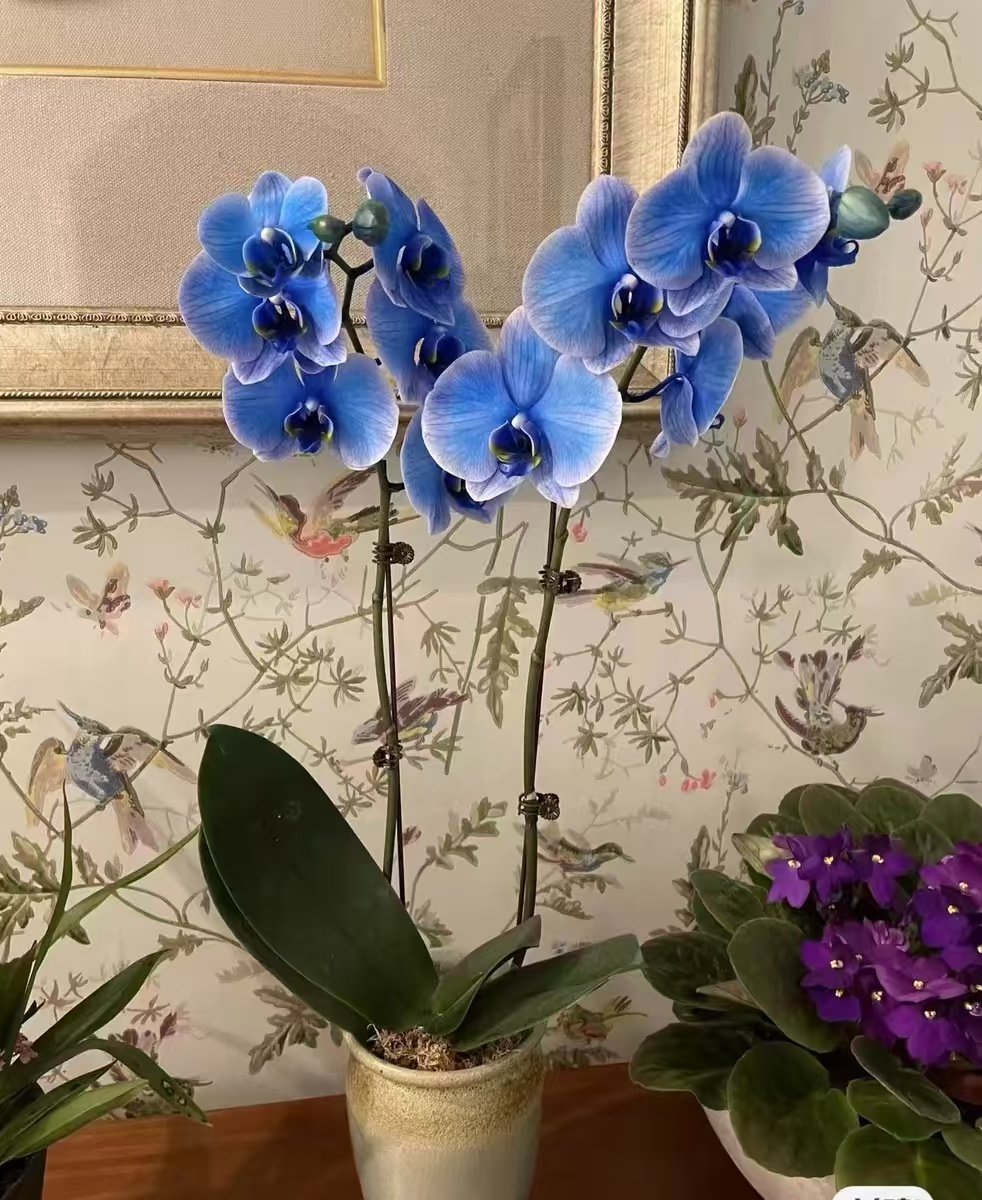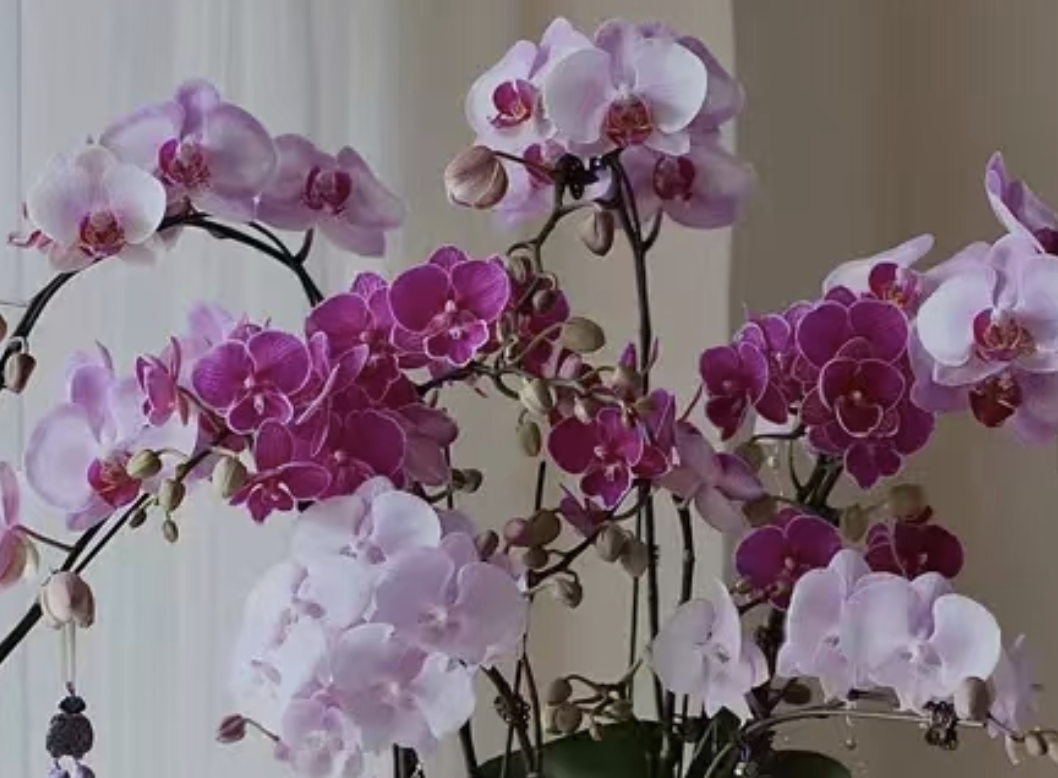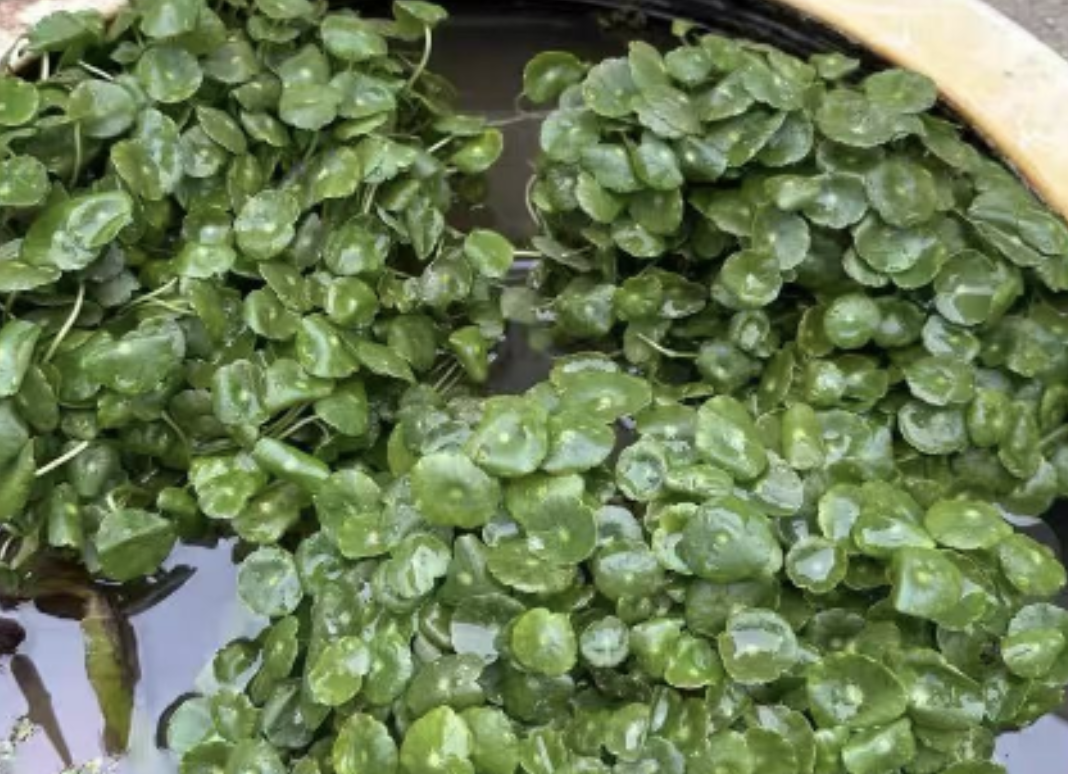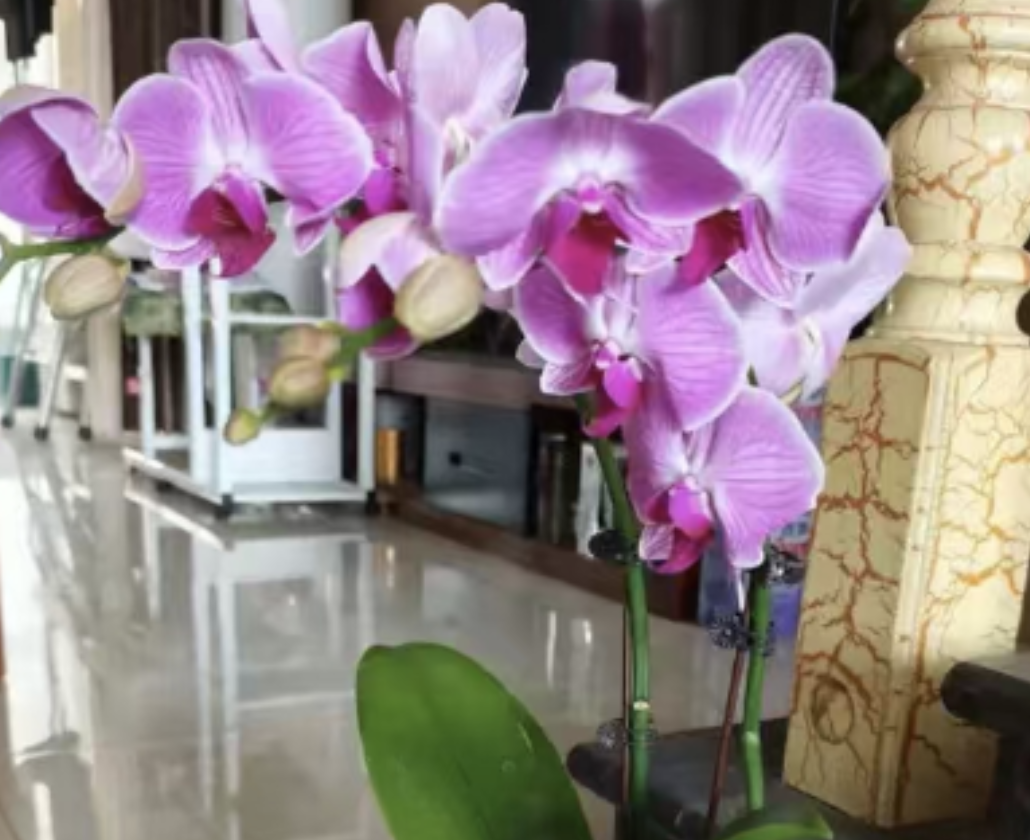Phalaenopsis, as a beautiful flower, is deeply loved by many flower enthusiasts. In winter, with the decline of temperature, the growth rate of Phalaenopsis slows down, but appropriate topdressing is still helpful for its healthy growth and blooming. So, when topdressing Phalaenopsis in winter, should we choose granular fertilizers or liquid fertilizers? Which fertilizer is more practical?
Characteristics and Applicability of Granular Fertilizers
Granular fertilizers are usually made from natural organic substances, such as decomposed compost and animal and plant manure. They will not cause harm to the soil and plants, and at the same time, they can greatly improve soil fertility, increase soil activity and the number of microorganisms. Using granular fertilizers can help plants fully absorb nutrients, grow healthily, improve disease resistance, and reduce the pollution of soil chemical fertilizers to the environment and the harm to human bodies.
However, there are also some disadvantages when using granular fertilizers for Phalaenopsis in winter. Firstly, the release rate of granular fertilizers is relatively slow, and it takes a certain amount of time for them to be absorbed and utilized by plants. In winter, the growth rate of Phalaenopsis slows down, and its demand for nutrients also decreases correspondingly. Therefore, the release rate of granular fertilizers may not meet its need for rapid absorption. Secondly, when applying granular fertilizers, they need to be evenly spread so that the roots can absorb them evenly. If the operation is improper, it is easy to cause a locally high concentration, resulting in the phenomenon of root burning.
Characteristics and Applicability of Liquid Fertilizers
In contrast, liquid fertilizers have more advantages when used for topdressing Phalaenopsis in winter. Firstly, the components of liquid fertilizers are more easily absorbed by orchids. The root system of Phalaenopsis is relatively developed, but in winter, due to the low temperature, the activity ability of the root system weakens, and its ability to absorb nutrients also decreases correspondingly. Liquid fertilizers can directly deliver nutrients to the medium around the roots of the orchids, making it more convenient for the orchids to absorb the required nutrients, thus ensuring their healthy growth.
Secondly, liquid fertilizers can more accurately control the supply amount of nutrients. Phalaenopsis, as a relatively sensitive plant, has different nutrient requirements in different growth stages. By adjusting the concentration and application frequency of liquid fertilizers, the nutritional requirements of Phalaenopsis in different growth stages can be better met, avoiding the problems that may be caused by over-fertilization or under-fertilization.
In addition, liquid fertilizers can also help maintain the humidity of the growth environment. Phalaenopsis likes a relatively humid environment, but excessive watering often leads to problems such as root rot. Using liquid fertilizers for fertilization can not only provide the required nutrients for the orchids but also maintain the humidity of the medium to a certain extent, which is helpful for creating a suitable growth environment.
In conclusion, when topdressing Phalaenopsis in winter, liquid fertilizers have more advantages compared with granular fertilizers. Liquid fertilizers can be absorbed and utilized by plants more quickly, meeting the nutrient requirements of Phalaenopsis in winter; at the same time, by adjusting the concentration and application frequency, the supply amount of nutrients can be more accurately controlled, avoiding the problems caused by over-fertilization or under-fertilization. In addition, liquid fertilizers can also help maintain the humidity of the growth environment, providing a reliable guarantee for the healthy growth of Phalaenopsis.
Therefore, it is recommended that flower enthusiasts should give priority to using liquid fertilizers for watering when topdressing Phalaenopsis in winter. Of course, when using liquid fertilizers, attention should also be paid to applying them in an appropriate amount to avoid the phenomenon of root burning caused by a high concentration. At the same time, when fertilizing, the whole pot should be evenly drenched until the fertilizer water flows out from the bottom of the pot to ensure that the orchids can fully absorb the nutrients.
Should granular fertilizers or liquid fertilizers be used for topdressing Phalaenopsis in winter?

Share with
Tagged in :




Leave a Reply